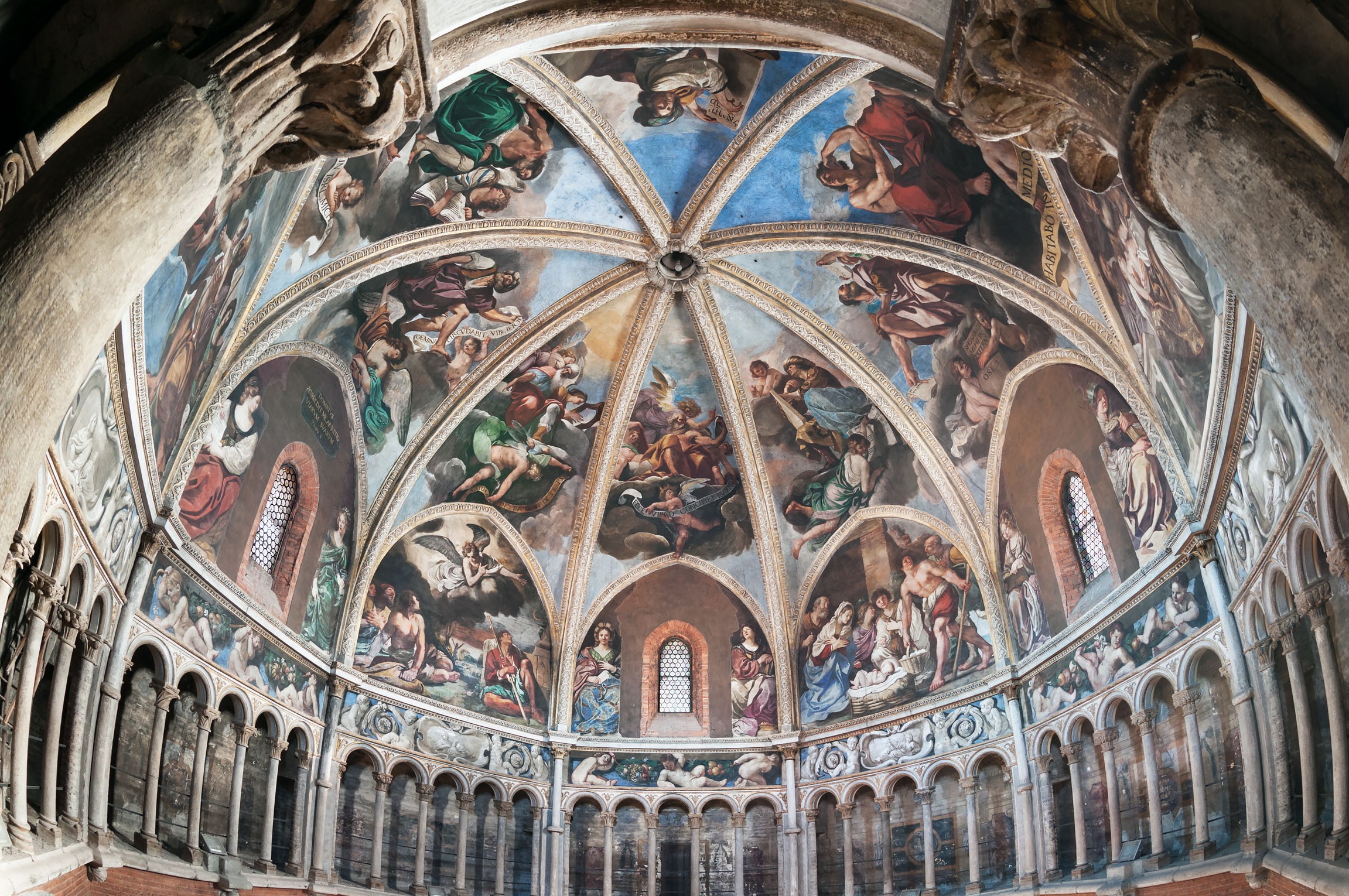This magnificent museum space hosts an extraordinary selection of works, including paintings, frescoes, and drawings, which testify to the artistic evolution of Guercino and his school. After the 2012 earthquake, the Pinacoteca remained closed for 11 years, during which complex restoration interventions were carried out. Its reopening was a significant event for the local community, restoring to Cento an essential symbol of its cultural identity. The occasion also inspired generous donations from institutions, cultural associations, and citizens, emphasizing the value of this institution for the area.
The Civica Pinacoteca “Il Guercino” offers a chronological path that begins with the fragment of a fresco of the “Madonna of Reggio,” attributed to the young artist. The collection includes extraordinary works such as “The Risen Christ Appears to His Mother” (1628-30) and “Saint John the Baptist” (1650), along with works from Guercino’s school, led by the Gennari family for three generations. Among the more recent paintings, a still life by Paolo Antonio Barbieri, the master’s brother, stands out.
The Pinacoteca also houses the Centro Internazionale di Studi “Il Guercino” (International Study Center “Il Guercino”) which has a specialized library that recently acquired the legacy of Sir Denis Mahon from the National Gallery of Ireland. This center promotes conferences and study days on topics such as the conservation of artistic heritage, creating a bridge between the past and the present.
To enrich the cultural offer, the Pinacoteca organizes temporary exhibitions that engage in dialogue with the works of Guercino. These include exhibitions dedicated to Nicola Samorì and Giacomo Balboni, and the upcoming exhibition “La Sibilla di Cento” (The Sibyl of Cento) by Wainer Vaccari, positioning itself as a lively and dynamic center, connected to the territory and its many churches and museums that house other works by Guercino. This cultural network expands the visitor’s experience, transforming the entire area into a widespread museum.
The Emilia-Romagna Region celebrates Guercino with the “Discovering Guercino” project, an itinerary linking locations associated with the master along the Via Emilia. With over two hundred works distributed among museums, palaces, and churches, the project enhances the Baroque cultural heritage and pays tribute to an artist whose genius continues to inspire generations.

